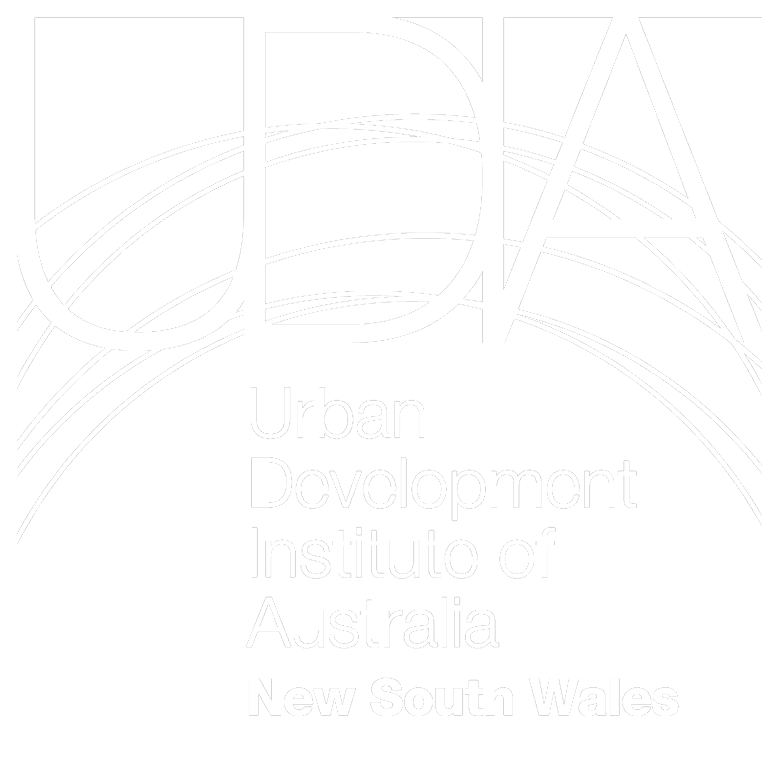Building Approvals data released today by the Australian Bureau of Statistics (ABS) show approvals declined 14% over the 12 months to August 2024 to just 42,400, which means they are now 45% below their September 2016 peak.
“The decline in approvals is a warning that the path to reach our state’s housing targets is getting steeper by the month,” said Stuart Ayres, CEO, UDIA NSW.
This pressure continues to be felt across the whole state, and across all dwelling types. As UDIA NSW analysis shows below, all typologies reported an annual decline, with apartments again showing the most dramatic of declines of 30% over the last twelve months to just 10,300 approvals.

Source: ABS; UDIA NSW
| Detached Houses | Medium Density | Apartments | |
| No. of Building Approvals (Sep ’23 – Aug ’24) | 22,500 | 9,600 | 10,300 |
| Annual Change | -5% | -12% | -30% |
| Difference Compared to Peak (& Peak Date) | -28% (Nov ’21) | -30% (Feb ’22) | -72% (Sep ’16) |
UDIA is continuing to advocate for more action to speed up the delivery of housing, including the Government adopting key recommendations made in the Productivity and Equality Commission’s Review of Housing Supply Challenges and Policy Options for New South Wales. The report called out the challenges of development feasibility, construction sector capacity, and a slow and inefficient planning system, which are all constraining the delivery of new housing.
The Productivity Commissioner’s report makes some common-sense recommendations that can unlock more housing supply more quickly and help us chart a course to deliver our housing targets.
The Commissioner confirmed the findings of UDIA’s recent. Making TODs Work research which found that mid-rise apartments projects are largely unfeasible in most parts of Sydney and recommended further increase densities around the announced TOD sites, expanding them to 800m and adding more locations to the program.
“Doubling the permissible floor space ratio in the TOD 2 sites and greatly increasing density in other areas which are already zoned for high density apartments will significantly increase the capacity of the industry to deliver housing,” said Stuart Ayres.
UDIA also encourages the Government to heed the Commissioner’s call to prioritise upfront investments in housing enabling infrastructure.
“An upfront Government investment now, will be recouped through future developer contributions and state revenue like stamp duty, land tax and payroll taxes, which are only paid to the Government when new homes are built. The current business as usual approach of waiting years for developer contributions to accumulate, before there is enough available to start funding a handful of these housing enabling projects, is clearly not delivering homes at the speed that communities need them.” said Stuart Ayres.
–ends–
Media Enquiries: Deanna Lane, Director, Media & Communications
UDIA NSW and National: 0416 295 898 or dlane@udiansw.com.au

